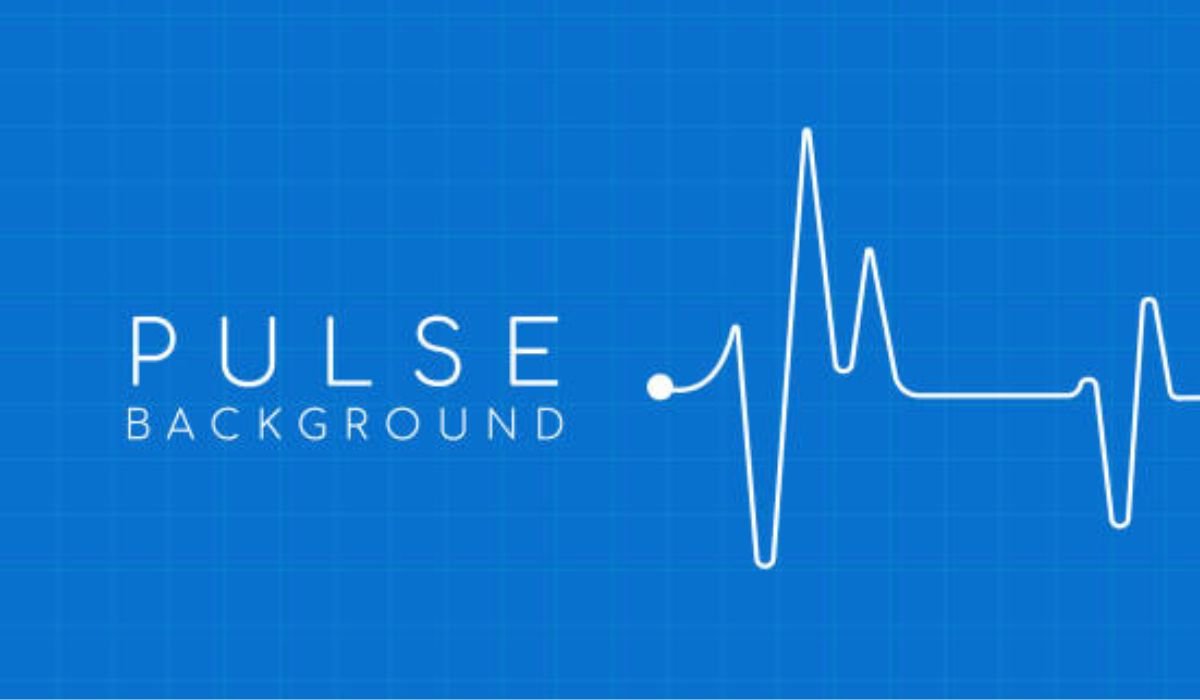Imagine this: it’s Tuesday morning. While reviewing your quarterly churn report, you discover that a long-term, high-value client—one you thought was perfectly happy—canceled their contract last week. The reason? “Lack of strategic alignment and unmet needs.” You’re blindsided. Your team scrambles for answers, but the post-mortem reveals the warning signs were there for months: dwindling user logins, a few support tickets expressing frustration that were “resolved” but not truly heard, and a missed renewal call that was the final straw.
What if you could have known that client was on the verge of churn not months later, but hours after their frustration began? What if you had a system that delivered a quiet, yet urgent, signal—a get_ready_bell:client_pulse alert—empowering your customer success team to intervene proactively, address the concerns, and save the relationship?
This isn’t a fantasy; it’s the operational reality for modern, customer-centric enterprises. In today’s digital landscape, relying on annual surveys and reactive support is like navigating a storm with a historical weather map. What you need is a real-time radar. This guide will equip you, as a business leader, to move beyond reactive customer service and build a proactive, predictive framework for client relationship management. You will learn how to listen to the continuous voice of the customer, translate that signal into actionable intelligence, and transform your customer experience (CX) into your most powerful engine for growth and retention.
Defining the Beat: What is a True Client Pulse?
At its core, a client pulse is the real-time, dynamic measure of a customer’s health, sentiment, and engagement with your product or service. It’s not a single data point, but a symphony of signals flowing from every touchpoint. Think of it as the difference between checking a patient’s heart rate once a year versus monitoring it continuously in an ICU. The former gives you a snapshot; the latter gives you a lifeline.
Beyond the Survey: Pulse vs. Snapshot
For decades, the voice of the customer (VoC) has been dominated by the annual or quarterly survey. While better than nothing, these surveys are fundamentally flawed. They are:
- Retrospective: They rely on a customer’s memory of interactions from weeks or months ago, which is often unreliable.
- Infrequent: They create massive blind spots between survey cycles, during which a customer’s experience can completely deteriorate.
- Biased: They typically only capture the opinions of the most motivated (either very happy or very unhappy) respondents.
A true client pulse shatters this outdated model. It’s a continuous feedback system that captures data in the moment—as experiences happen. It synthesizes quantitative data (like usage metrics) with qualitative data (like support chat sentiment) to create a living, breathing “health score” for every customer relationship.
The Anatomy of the get_ready_bell:client_pulse Framework
Building this capability requires a structured approach. The get_ready_bell:client_pulse framework rests on three interconnected pillars:
- Listen: This is the data collection layer. It involves deploying a multi-channel listening posts across the entire customer lifecycle management journey. This includes in-app feedback widgets, post-interaction CSAT scores, product usage APIs, support ticket analysis, social media sentiment, and even sales call transcription analytics.
- Analyze: Raw data is noise; analyzed data is insight. This pillar uses predictive analytics in CRM and AI-driven tools to sift through the data deluge. Machine learning models can detect subtle patterns—like a gradual decline in usage of a key feature—that would be invisible to the human eye, identifying risk and opportunity.
- Act: This is where insight becomes impact. The system must trigger workflows and alerts that enable your teams to take immediate, context-rich action. This is the “ready bell” moment—the signal that prompts a relevant, timely, and personalized intervention.
Implementing the System: Measuring the Pulse Across Your Digital Strategy
Moving from concept to execution requires a deliberate strategy and the right technological foundation. Implementing a get_ready_bell:client_pulse system is a cornerstone of a forward-thinking digital transformation strategy.
ALSO READ: The Great ETF Migration: How FintechZoom.com ETF Market Reveals a Global Investing Revolution
Integrating Real-Time Feedback Technology
Your technology stack is the central nervous system of your pulse program. Key components include:
- API Integrations & Webhooks: Connect your CRM, support desk, and marketing automation platforms to your product analytics. This creates a unified data ecosystem.
- In-App Feedback Tools: Deploy lightweight, non-intrusive widgets (e.g., a simple “how was this experience?” prompt) that capture sentiment at critical workflow junctions.
- AI-Powered Text Analytics: Utilize natural language processing (NLP) to analyze open-ended feedback from support chats, email threads, and call logs. This automates the understanding of customer experience (CX) metrics at scale, turning unstructured text into structured, actionable sentiment scores.
Key Customer Experience (CX) Metrics to Monitor
Not all metrics are created equal. A robust pulse system tracks a balanced scorecard of metrics that tell the full story:
- Transactional Metrics (The “Moment”):
- Customer Satisfaction (CSAT): Measures satisfaction with a specific interaction (e.g., a support call).
- Customer Effort Score (CES): Gauges how easy it was for the customer to accomplish a task.
- Relational Metrics (The “Relationship”):
- Net Promoter Score (NPS): A classic gauge of overall loyalty and willingness to recommend.
- Customer Health Score: A composite, weighted score you define (e.g., combining product usage, support ticket volume, and payment history) that provides a single view of account health.
- Behavioral Metrics (The “Truth”):
- Login Frequency & Depth: Are they logging in regularly? Using key features?
- Feature Adoption & Decay: Have they stopped using a feature they once relied on? This is a massive red flag.
Mapping the Pulse to Customer Lifecycle Management
The way you measure and interpret the pulse must evolve with the customer journey.
- During Onboarding: The pulse focuses on activation and time-to-value. A weak pulse here might signal confusing setup or lack of clear goals. Alerts can trigger additional training resources.
- During Growth & Adoption: The pulse monitors engagement with new features and expansion opportunities. A strong pulse can be a signal for the sales team to initiate an upsell conversation.
- During Renewal & Retention: The pulse becomes an early-warning system for churn. A dip in the health score or a spike in negative sentiment should trigger a high-priority get_ready_bell:client_pulse alert to the customer success team.
Strategic Action: Turning Pulse Data into Profit and Customer Retention
Measuring the pulse is only half the battle. The real ROI is unlocked when you close the loop and transform data into decisive action. This is the engine of modern customer retention strategies.
Predictive Alerting: The “Ready Bell” Moment
The “bell” in get_ready_bell:client_pulse is the culmination of the entire system. It’s a predefined trigger based on your analyzed pulse data. For example:
- Scenario 1: A key user’s login frequency drops by 60% over two weeks, and they haven’t used the reporting feature they previously relied on. The “Ready Bell” rings. Your CRM automatically creates a task for a Customer Success Manager to make a “check-in” call.
- Scenario 2: A customer submits a support ticket with negative sentiment (detected by AI), and the same day, their usage of a newly released feature plummets. The “Ready Bell” rings. The alert is routed to both support (for immediate follow-up) and the product team (for potential bug investigation).
The critical success factor here is a cross-functional response protocol. When the bell rings, your sales, success, and product teams must know exactly what to do, without bureaucratic delay.
Using Pulse Data for Digital Transformation Strategy
While individual alerts save at-risk accounts, the aggregate pulse data is a goldmine for strategic decision-making. This is how you fuel a true digital transformation strategy.
- Informing the Product Roadmap: If pulse data shows widespread confusion or lack of adoption for a new feature, it’s not a failure of the customer—it’s a signal to iterate on the product. Conversely, features with exceptionally high sentiment and engagement deserve more investment.
- Systemic Improvement: Instead of just putting out fires, you can prevent them. If the pulse consistently identifies friction at a specific point in the onboarding journey, you can redesign that process, boosting efficiency and satisfaction across your entire client base.
- Quantifying the ROI of get_ready_bell:client_pulse: The business case becomes clear when you can directly tie pulse initiatives to:
- Reduced churn and increased customer lifetime value (CLV).
- Higher win rates in renewal and expansion conversations.
- More efficient resource allocation in success and support teams.
- A faster, more customer-centric product innovation cycle.
Conclusion
In an era where customer expectations are higher than ever, flying blind is not an option. The transition from sporadic, backward-looking surveys to a continuous, predictive client pulse is no longer a luxury for leading-edge companies; it is a strategic imperative for survival and growth. The get_ready_bell:client_pulse framework provides the blueprint for this transition, empowering you to listen to the true voice of the customer, analyze it with precision, and act with purpose.
Ignoring the pulse means leaving revenue on the table and ceding competitive advantage to those who listen more closely. The question is no longer if you should implement a system to measure your client’s pulse, but how quickly you can start.
Ready to stop guessing and start knowing? It’s time to evaluate your current feedback systems and explore what a get_ready_bell:client_pulse framework could look like within your own organization. To assess your pulse readiness and build a more proactive, profitable future for your business.
YOU MAY ALSO LIKE: How High-Quality Printed Catalogs Can Elevate Your Business Marketing Strategy

